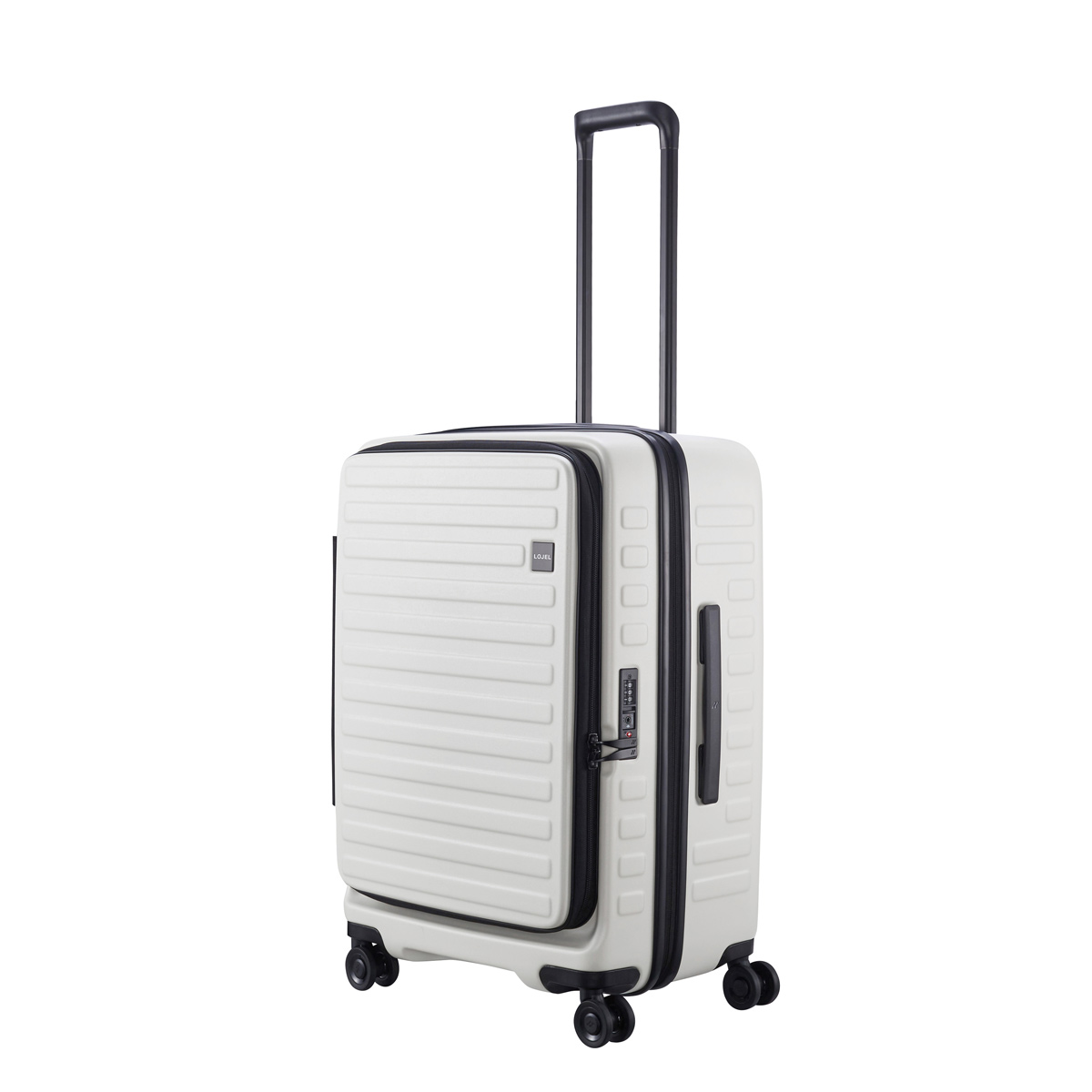
I love it because it's the Goldilocks of suitcases: not too small, not too big, just the right, slender shape that can fit even in micro hotel rooms. I have Cubo Fit, a hybrid size between a medium and large, notable for its tall body.

Cubo's trunk-style opening allows for easy access.Īlto large. (Away with you, annoying white streaks!) Alto and Voja have clamshell openings Cubo has a flat-top, trunk-style opening. (Which means you can place your laptop and expensive wine in the hot trunk or the frigid cargo hold, and they'll emerge just fine.) The material is also scratch- and scuff-proof. The company offers three luggage styles in a variety of colors: versatile Cubo and extra-secure Voja come in four different sizes lightweight Alto comes in two.Īll suitcases have wheels that rotate 360 degrees and bodies made from nearly indestructible thermoplastic that is heat-and cold-resistant. LOJEL's end goal is not to be one-size-fits all. They were all ears.Ĭreative director Kenzo Yoneno set the tone when told the group, "I'm not interested in what worked before. They wanted to know exactly what I liked, disliked, and would improve about their style prototypes. I saw this firsthand when I met their design team at a product discovery event in New York and told them what I hate about my current suitcase: the tricks and secret compartments I wish I had, my airport pet peeves, my tendency to overpack.

The company wants a long-term relationship with its customers, listening to their pain points and working them out for the long haul. The cherry on top is a ten-year warranty on each suitcase. Amazing, right? There's more: All their products are manufactured in an ethical, Global Recycling Standards (GRS)-certified facility in Indonesia, using only non-toxic, fossil-fuel free, and durable materials. While many companies embrace the “dispose and replace” model after one zipper break, LOJEL's suitcases are built from a system of modular, standardized parts that allow travelers to repair their own luggage easily and quickly (and on the go!), minimizing waste that would otherwise end up in a landfill. Simplifying the journey, you might say, with innovation and sustainability as the cornerstones of the brand's ethos. In order to honor Chiang's original mission to "Let our journeys enrich life," An Chieh and LOJEL's creative team identify the evolving challenges that travelers face and work to resolve them head-on. In 2014, Chiang's grandson An Chieh took over the family business, working on the production floor, studying every aspect of the unique "inside-out" design and manufacturing process. LOJEL suitcases are designed to repair, not replace. On the left, Cubo Small at right, Cubo Medium. His craftsmanship didn't go unnoticed, and in 1989 the luggage brand was born. Frustrated by the one-size-fits all model in the luggage industry, he decided to fix the problem himself, racking up 43 passport stamps in 180 days to test his prototype: a hard-shelled roller bag with re-engineered zippers, handles, and internal stabilizers to find the ideal weight-to-durability ratio.

At 21-years-old Chih Chang Chiang was busy making leather bags with a simple sewing machine and selling them at local markets in Japan. This suitcase's journey is one man's quest to create the perfect travel bags. And we agree.) But LOJEL has a distinct, feel-good edge: a promise that you'll never have to toss your suitcase again. Not another trendy luggage company that claims to be different but is exactly like every other millennial-targeting, full-of-hot-air "disruptor" out there. Shouldn't there be a better travel solution somewhere in the universe? Universal travel logic for a universal travel problem. We all have one: a dusty, scratched, dented suitcase with one wheel falling off that we continue to drag through countless airport terminals because (a) we don't want to pay for a new one, (b) we don't want to add yet another could-be-mended product to landfill, even though (c) it's such a hassle to find a suitcase repair, especially considering that (d) the bag will just get thrown onto a conveyer belt by rough baggage handlers anyway, and (e) we'd rather spend our money on travel souvenirs or a flight upgrade.


 0 kommentar(er)
0 kommentar(er)
